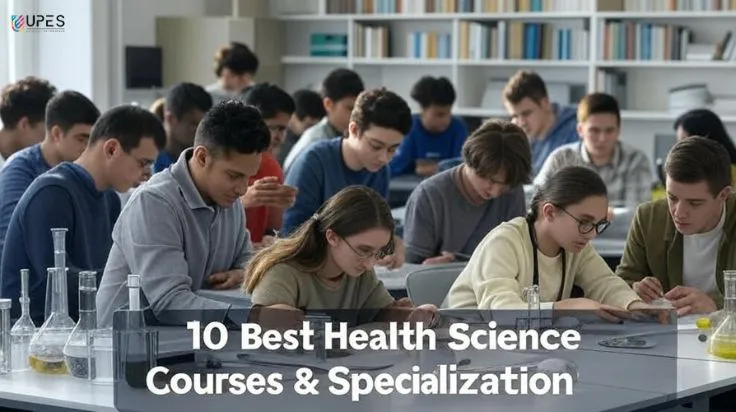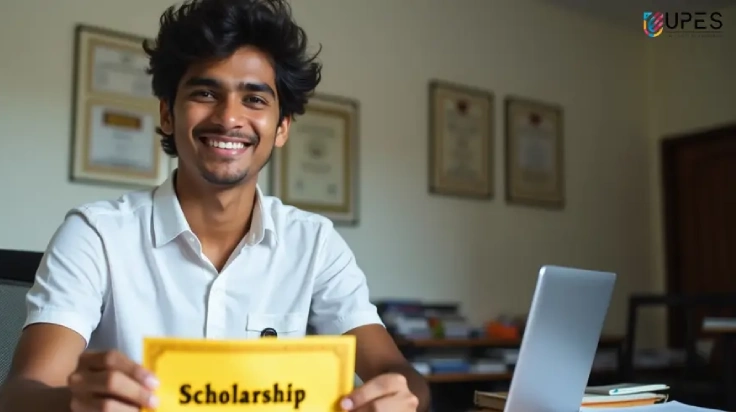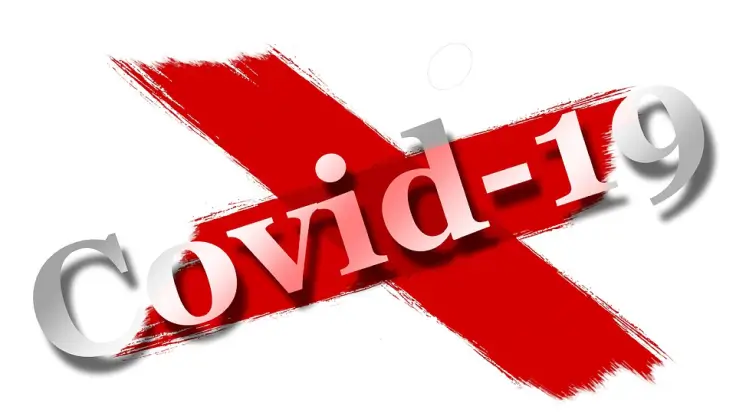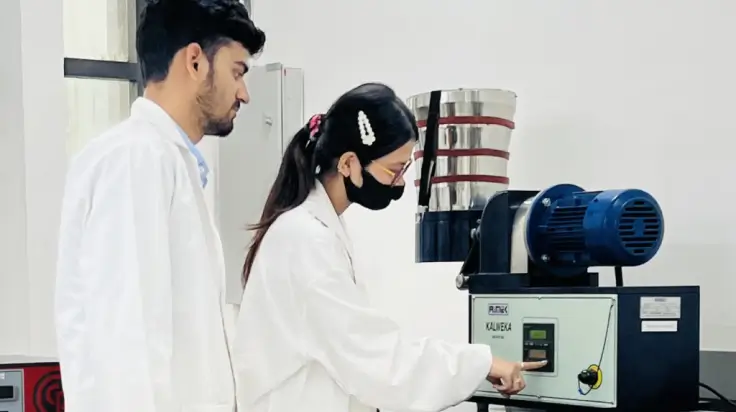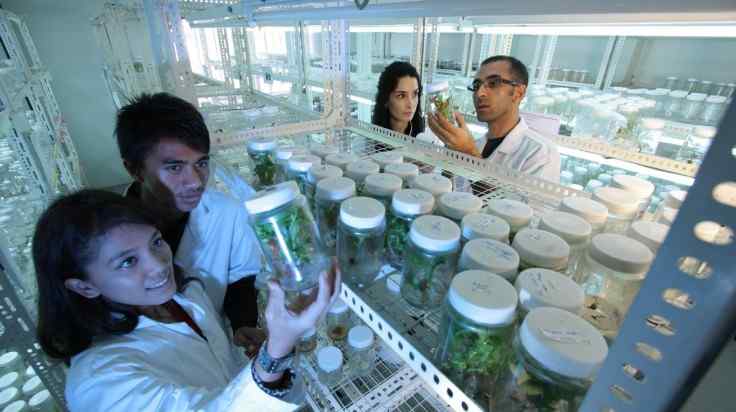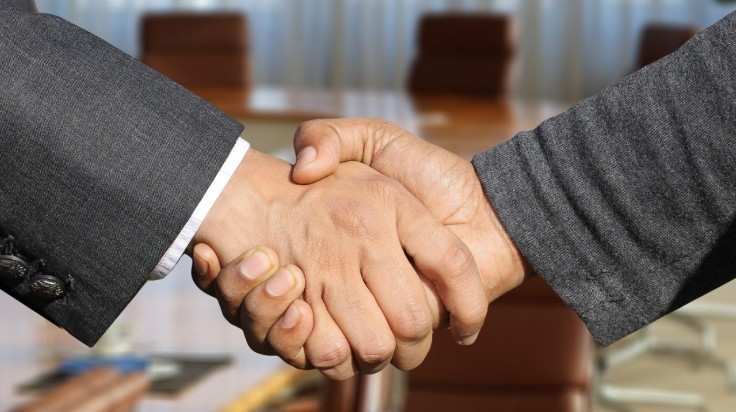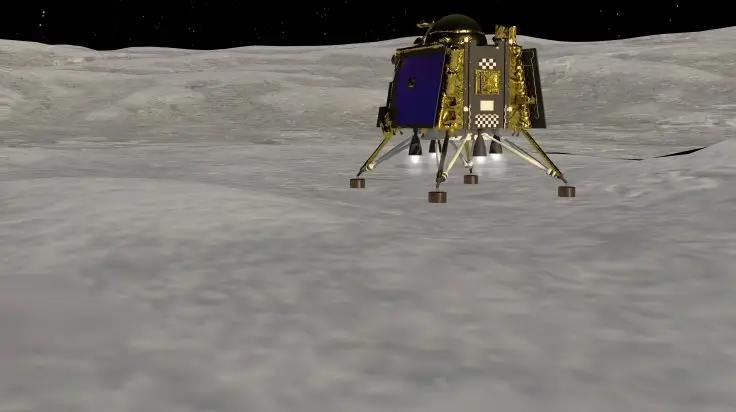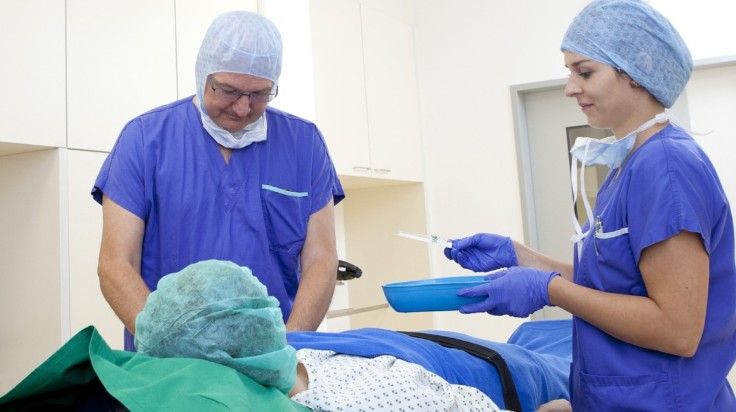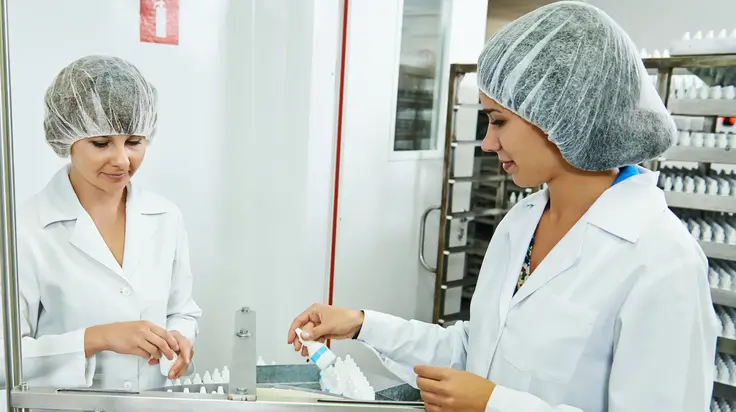Exploring Digital Twins in Healthcare
- Dr. Ravi S. Iyer
- Published 08/08/2023
Undoubtedly, in the recent past, AI has taken the world by storm by capturing our imagination and astonishing us with its speed, efficiency, and accuracy. The genesis of Digital Twins — which are virtual replicas of physical objects or human beings – has further underscored this reality as immense possibilities are being envisioned in different sectors and industries – including healthcare. However, given the nature of this sector, it’s prudent to take a step back and ask more serious questions about the implications.
According to PwC’s 2021 global Future of Health report, a survey of 150 healthcare executives revealed that by 2035, healthcare will be centered around patient needs, and will be personalized, digitized, and preventative, with healthcare solutions seamlessly integrated into daily life. Though the door to alternative treatments has opened, today’s healthcare systems across the world focus primarily on disease care after the patient is diagnosed with a certain disease. In the West, especially in the US, the process of diagnosis could be expensive, involving multiple tests. Unfortunately, it is not uncommon to be erroneously diagnosed or to experience a significant delay in diagnosis, especially with different types of cancer.
Back home in India, the picture is not rosy either. Modern medicine with its trappings like the cost of treatment, private versus government hospitals, and vagaries of insurance claims, have added to the healthcare burden. While the government and other stakeholders have taken some positive steps to deal with these challenges, a lot more still needs to be done. Against this backdrop, digital twins are expected to address diagnosis, ease the system, and reduce the burden on the patients and the system.
A market analysis report by Grand View Research opines that the Digital Twins market in healthcare is expected to grow at a compound annual growth rate (CAGR) of 32.3 percent between 2020 and 2025. It also points out, however, that the bigger challenges to this growth are the initial implementation costs and data management.
Let’s understand the impact of digital twins on healthcare, first. While the focus appears to be on the best positive patient outcome, this technology can also contribute significantly to the efficiency of healthcare operations, and healthcare education. This includes ensuring the availability of beds, personnel for maintenance, etc. These functions scale down costs and pressure on resources, which is integral to quality care delivery. Secondly, digital twins improve medical education by offering interactive, immersive, and adaptive learning and giving hands-on experience in complex medical situations. But these are just low-hanging fruits.
There is however the treatment side of things, especially in a bid to understand disease progression. In that, we may be treading into dangerous territory. In my opinion, digital twin technology to aid disease treatment is at a very nascent stage. A digital twin reacts based on the inputs it receives — the heart rate, sodium levels, whatever. But, we do not truly understand the cause or the factors that influence a disease’s progression. Anything could potentially cause a significant change in a disease’s progression – comorbidities, medication, food, addictions, the environment at work or home, anything. And often, a small change in any of these could have serious implications for a disease’s progression. All these parameters can, at best, be abstracted and fed as inputs in a digital twin, which may then result in inaccurate or erroneous predictions.
A related issue is the discomfort caused by the volume of data being captured from a patient. The process may involve invasive sensors, periodic scans, sensors to monitor the environment – all of which may even be uncomfortable, disrupting the normal day-to-day life of the individual. This stress may even aggravate disease progression. And then, there’s the issue of data privacy. How secure is all the data being captured? Could that be potentially misused? One cannot wish away these concerns.
In brief, digital twin technology is finding its way into healthcare, but reposing too much faith in its versatility may be premature. While digital twins may help in understanding the progression of a disease in a patient, the application of this technology as an aid to treating patients should be dealt with very carefully.
References:
Dr. Ravi S. Iyer
The writer is Dr. Ravi S. Iyer, Dean, UPES School of Computer Science
UPES Admission Enquiry
Subscribe to UPES Blogs
Join our community for exclusive stories, insights, and updates
By clicking the "Subscribe" button, I agree and accept the privacy policy of UPES.









